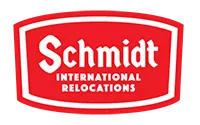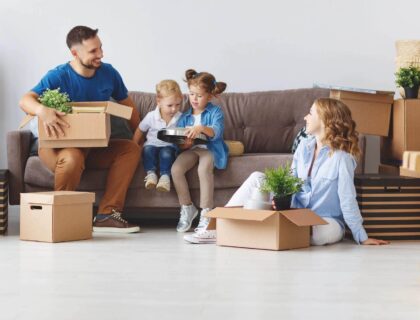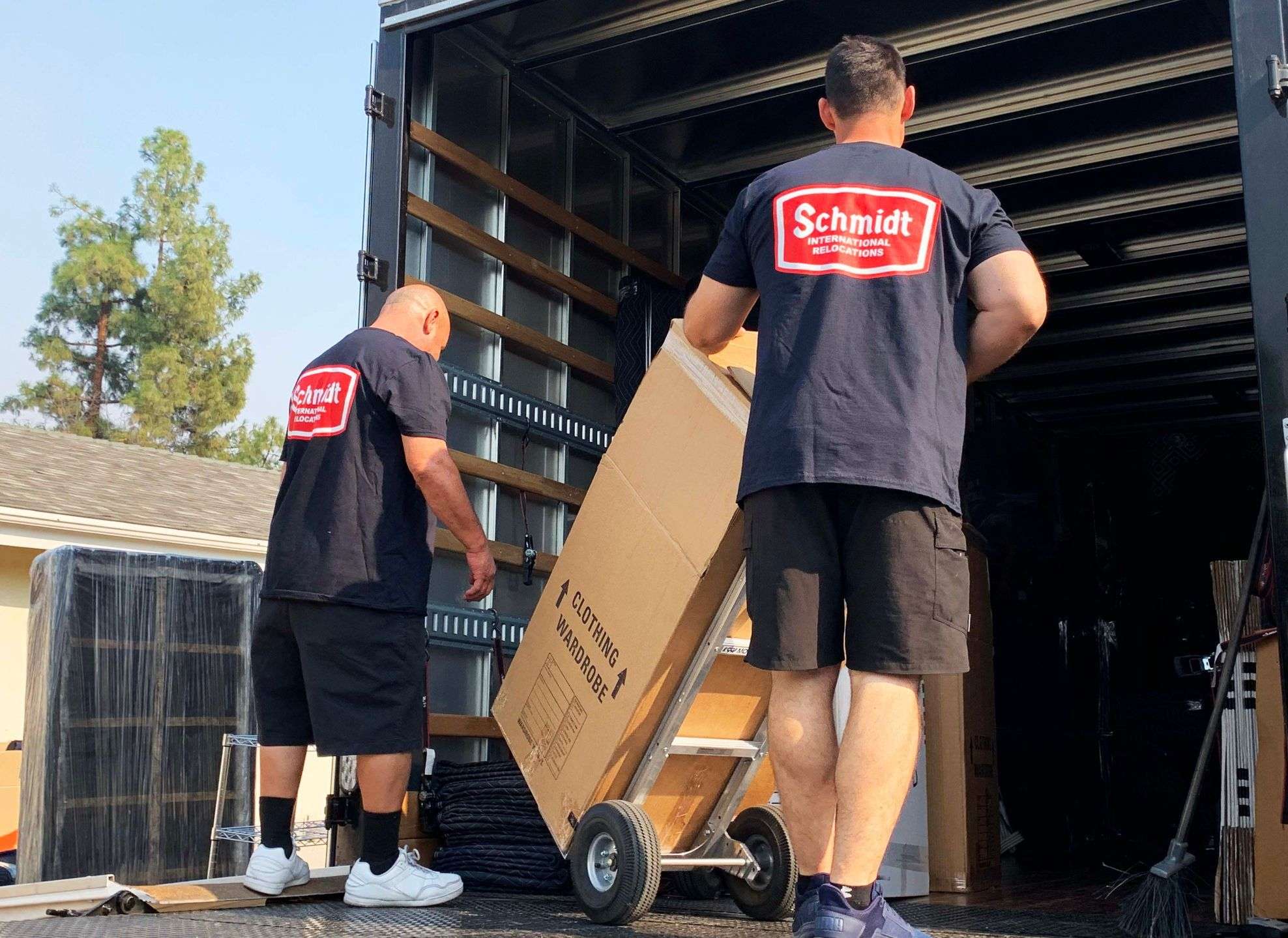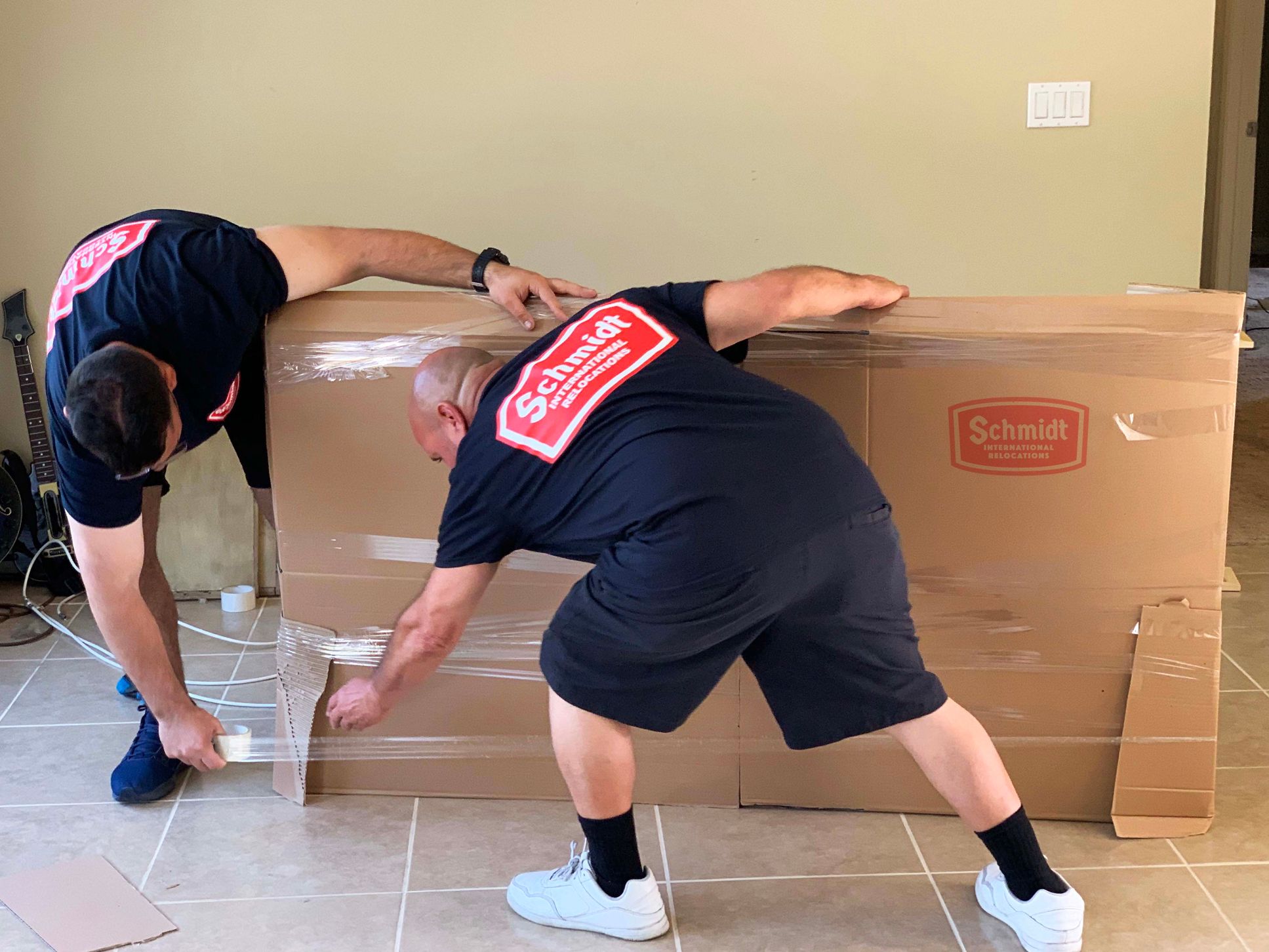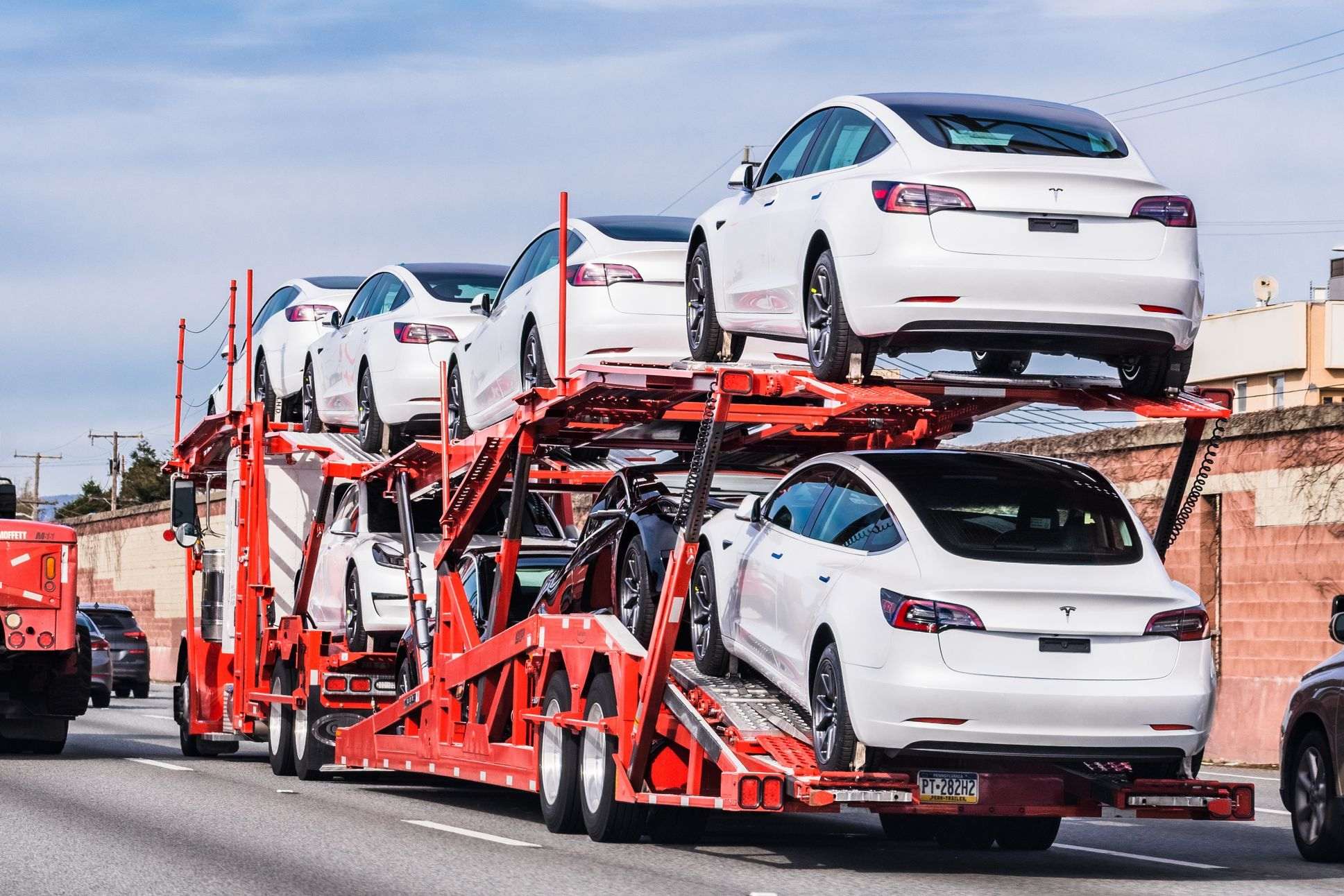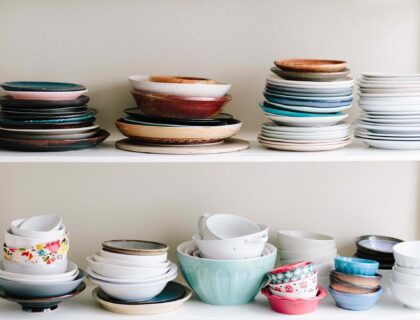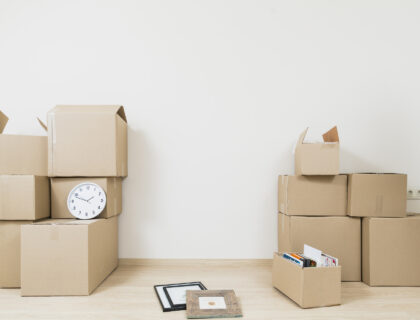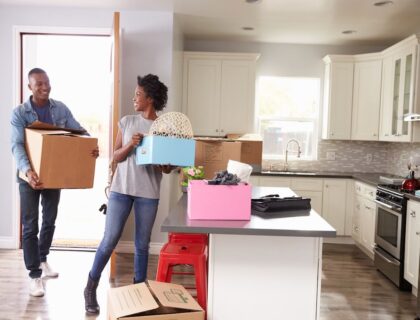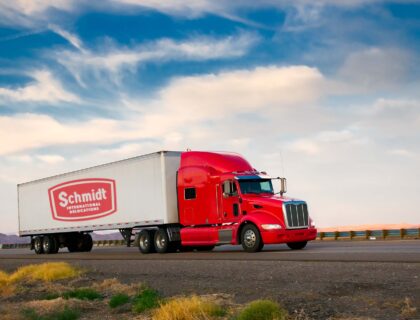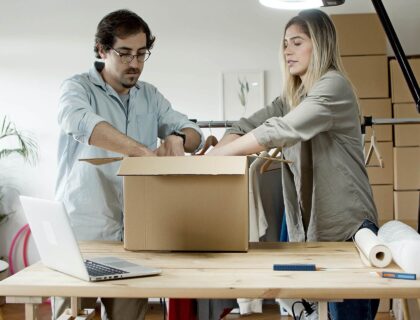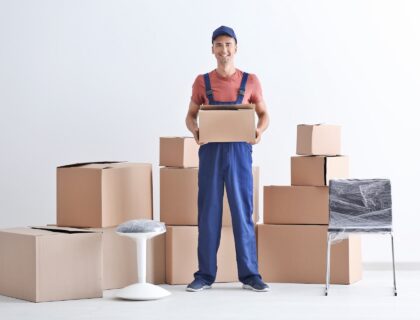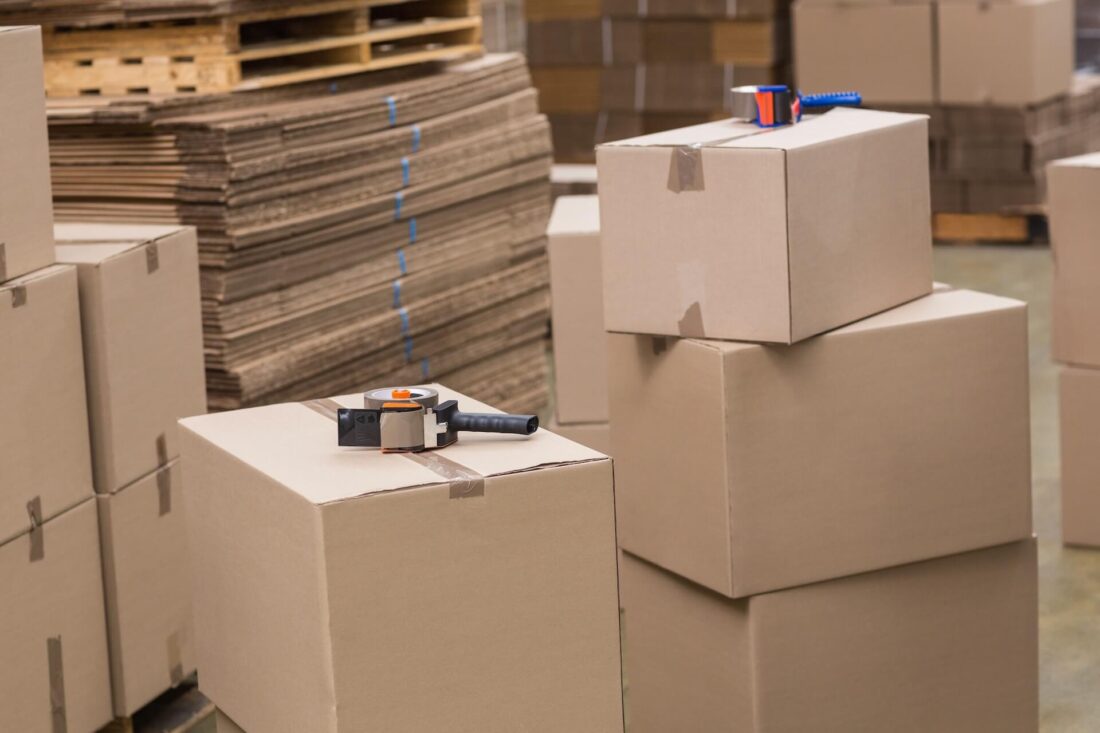

Packing for a relocation overseas can be both an exciting and challenging task. The key to a smooth transition lies in stocking up on different packing materials. In this essential guide, we’ll dive into the world of bubble wrap, sturdy boxes, and other clever packing solutions. Get ready to turn packaging into an art form, ensuring your belongings travel safely and arrive at the new home just as they left – intact and ready for the next adventure!
What are the different types of packing materials? These include sturdy cardboard boxes for heavy or bulky items, as well as bubble wrap and foam sheets for cushioning fragile objects. You can use packaging peanuts, which fill voids and prevent items from moving inside boxes, and stretch wrap or plastic film for securing belongings together or keeping them dust-free. Additionally, tape is essential for sealing boxes, and labels or markers are used for easy identification. Each material plays a critical role in ensuring packed belongings are well-protected for the long journey.
The Important Role of Different Packing Materials When Relocating Abroad
The right supplies and materials are crucial to moving efficiently as well as packing all belongings safely. Quality materials protect possessions from damage during long transit periods and varied handling conditions. They play a vital role in cushioning and securing items, from bulky furniture to delicate electronics.
Balancing cost-effectiveness with quality protection is key. Investing in better materials can save money in the long run. By using them, you can ensure your belongings arrive in the same condition they were packed.
Types of Materials and Their Uses
Different packaging materials serve specific purposes. For example, boxes can be used to pack anything from clothes to pots and pans, while bubble wrap is ideal for wrapping and protecting fragile items like glassware or electronics. Each material has its unique function, contributing to a well-organized and secure move. Let’s briefly overview the most common types:
- Boxes – Strong and versatile, ideal for grouping belongings together and providing structure.
- Bubble wrap – Provides excellent cushioning for fragile items, reducing the risk of breakage.
- Packaging peanuts – Fill voids in boxes, preventing possessions from shifting and getting damaged.
- Foam sheets – Offer additional protection for surfaces and can be used to pack fragile items.
- Stretch wrap – Keeps belongings bundled and protected from dust and moisture.
- Tape – Essential for securely sealing boxes.
- Labels/Markers – For easy identification and organization.
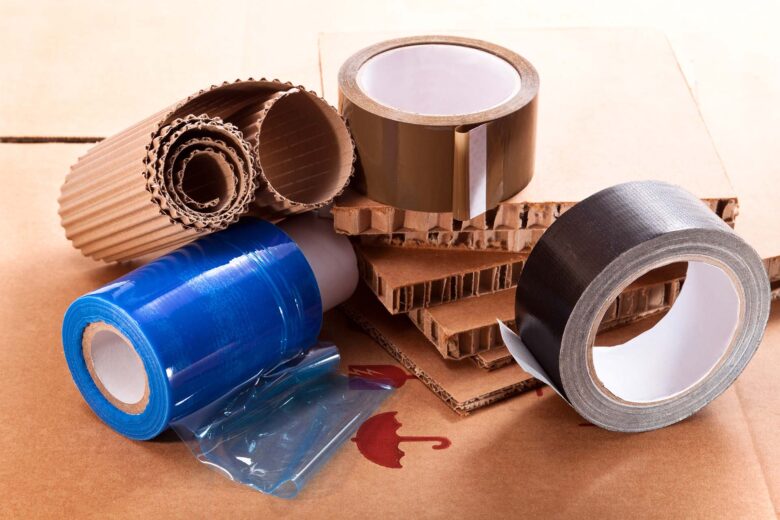
Choose the Right Boxes for Your Move
When preparing the moving abroad checklist, selecting the right boxes is crucial to make moving easier and more efficient. The size and strength of the boxes you choose directly impact how well the packed items are protected and organized.
Boxes typically come in various sizes and are made from corrugated cardboard, offering durability and some degree of moisture resistance. The best moving box types include those that are double-walled for extra strength, ideal for heavier objects, or those requiring more protection during transit.
Choosing boxes of the right size is also important. Too large, and contents may shift and get damaged; too small, and they may become overstuffed and prone to breaking. A mix of small, medium, and large boxes can accommodate different types of items.
Specialty Boxes and Their Purposes
Wardrobe boxes, for example, are tall and equipped with a hanging rod, perfect for transporting clothes directly from the closet without folding or wrinkling them. Dish pack boxes, which are sturdier and often come with cell dividers, provide excellent protection when packaging dishes, ensuring plates and bowls are kept separate and cushioned.
Similarly, mirror boxes are designed to fit mirrors and framed artwork snugly, reducing the risk of cracks or breaks. For packaging wine bottles, there are specialty boxes with compartmentalized inserts that protect each bottle individually. Using the right specialty boxes for fragile and unique objects can significantly decrease the risk of damage.
Find High-Quality Cardboard Boxes Online
When you plan a relocation, finding high-quality cardboard boxes is a key step in gathering moving supplies. Nowadays, many reliable options are available online, offering convenience and a wide range of choices. Online retailers specialize in moving supplies, providing various box sizes and types, including those specifically designed for moving internationally.
A platform like the Craigslist website can be a resource for finding used boxes at a lower cost. These sites often have listings from people who have recently moved and want to pass on their boxes. However, when using second-hand boxes, it’s important to check their condition.
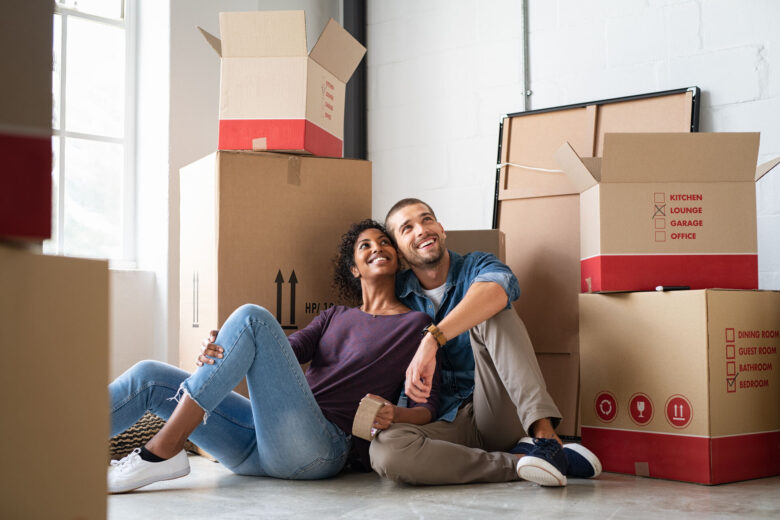
Protective Materials – Beyond Just Bubble Wrap
When it comes to packaging old china when relocating abroad or needing to pack electronics, protective materials like bubble wrap, foam sheets, and packaging paper are essential. Bubble wrap, made of plastic with air-filled bubbles, is perfect for cushioning fragile items and providing shock absorption.
Foam sheets, often made from polyethylene, offer a lightweight yet protective layer for delicate surfaces and can be wrapped around items to prevent scratches and dents. Paper, typically made from unbleached kraft paper, is great for wrapping and cushioning belongings, especially for kitchenware and smaller objects.
Each material serves a specific purpose. Bubble wrap for belongings needing impact protection, foam sheets for surface protection, and paper for general cushioning and filling gaps in boxes.
Packing Paper As An Alternative to Bubble Wrap
While bubble wrap is a popular choice for protecting items during a move, paper can be an effective alternative and help avoid a common relocation mistake – over-relying on plastic-based materials.
Packaging paper is particularly useful for wrapping and cushioning fragile items, as it can be easily molded around objects and tucked into small spaces. It’s also a more environmentally friendly option, as it’s typically made from recycled materials and is biodegradable.
While it doesn’t provide the same level of cushioning against impacts as bubble wrap, it’s ideal for protecting surfaces from scratches and dirt. For items that aren’t extremely fragile or don’t require shock absorption, packaging paper can be a suitable and cost-effective choice.
Protect Furniture With Moving Blankets
When moving furniture, using moving blankets is an effective way to prevent damage. These heavy-duty blankets are made from thick, padded materials and are designed to cover and protect furniture during a move.
They help shield against scratches, dents, and dirt and can be secured with straps or tape. Moving blankets are especially useful for protecting wood finishes, upholstery, and larger possessions that might not fit into boxes. They can be wrapped around furniture, providing a protective layer that absorbs impacts and prevents damage from bumps and jostles during transport.
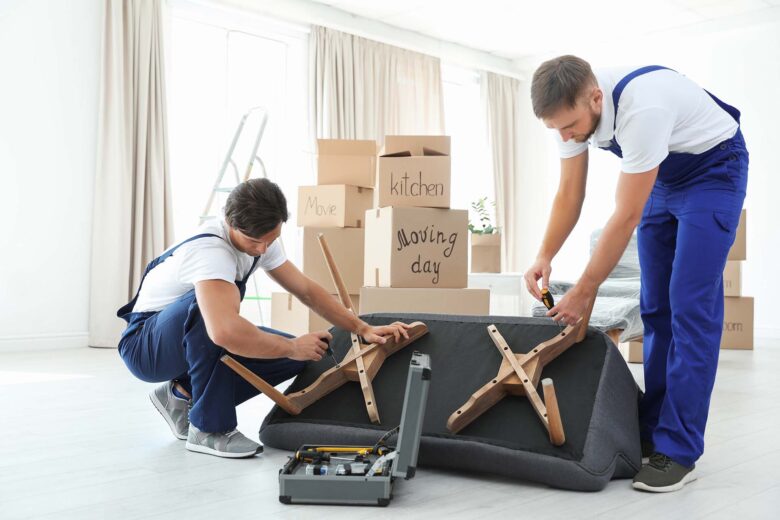
How Should Wrapping Material Be Used Properly?
Using wrapping material correctly is key to protective packaging, especially when packaging plates, glasses, dishes, and other fragile belongings. To prevent things from breaking, each item should be individually wrapped in bubble wrap, foam sheets, or paper, ensuring all sides are covered and cushioned. It’s up to you to decide which option is ideal for you.
Plates can be stacked with layers of paper or foam sheets between them, while glasses and dishes should be wrapped individually. Secure the wrapping with tape to prevent it from unraveling. For extra protection, fill any empty spaces in the box with crumpled paper or peanuts to prevent movement and absorb shocks.
Materials Used For Cushioning – Protect Delicate Belongings
Apart from wrapping items, space in the box has to be filled with materials as well to prevent shifting in transit. Securing items when moving overseas is paramount. Various materials can be used for cushioning, each with its specific properties and uses:
- Packaging peanuts – These are small, lightweight, and typically made from polystyrene or starch-based biodegradable materials. They are used to fill gaps in boxes, keeping items in place and providing cushioning.
- Foam sheets or rolls – Made from materials like polyethylene, foam sheets offer a soft and flexible layer of protection, ideal for shock absorption.
- Crumpled paper – This includes kraft paper or recycled newsprint, which can be crumpled and used to fill spaces in boxes, providing cushioning and preventing items from moving.
- Inflatable air cushions – These are plastic bags that can be inflated to provide a cushion of air, offering protection for larger possessions.
Packing Peanuts or Crumpled Paper – Which Is Better For Your Boxes?
Choosing between packaging peanuts and crumpled paper can depend on the specific packaging needs and circumstances. Packaging peanuts is great for filling large voids and offering better shock absorption for delicate items. However, they can be less eco-friendly unless you opt for biodegradable versions.
Crumpled paper, on the other hand, is more readily available and can be an eco-friendly option, especially if using recycled paper. For those relocating on a low budget, there are alternative options.
Towels, clothes, and old newspapers can be used for cushioning and protecting items. Not only do these alternatives save money, but they are also eco-friendly packing options, repurposing items you already have and reducing waste. These alternatives can be particularly useful for padding boxes and wrapping non-fragile items.
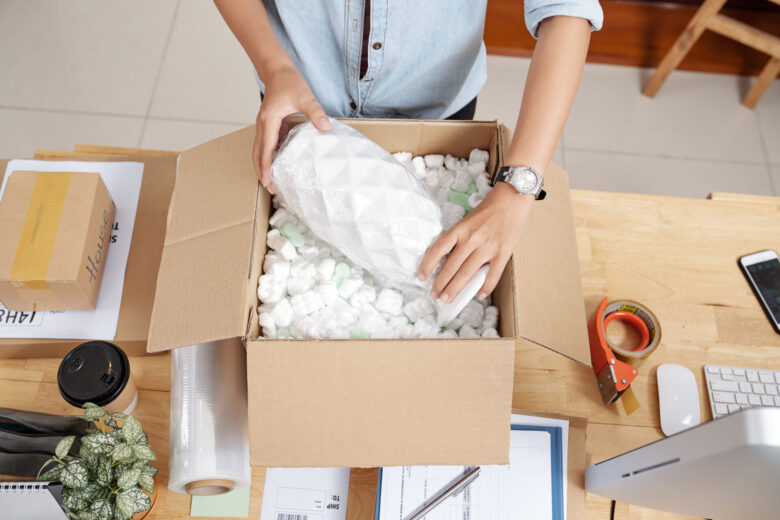
Securing Packed Belongings – Tapes and Labels
High-quality tape should be strong, durable, and able to withstand various temperatures and handling conditions. Look for tapes specifically designed for relocating, as they offer better adhesion and strength compared to regular tape.
Clear and efficient labeling is equally important for organization and easy unpacking. Use color-coded labels or stickers to categorize boxes by room or content type. Write a brief description of the contents and any special handling instructions, like “Fragile” or “This Side Up,” on the label.
Create a numbering system or list the major items inside each box. This method not only helps capable movers, such as those from the Schmidt International Relocations, know where to place the boxes but also makes unpacking smoother.
Advanced Packaging Techniques for Valuables and Electronics
Efficient packing strategies are crucial when it comes to high-value items like artwork, electronics, and heirlooms. For delicate and expensive items, use anti-static materials, particularly important for electronics to prevent damage from static electricity.
When packaging a TV or other sensitive electronic devices, use anti-static bubble wrap or foam and ensure they are securely placed in a box that closely fits their size. For artwork and heirlooms, custom crating solutions offer the best protection. These crates are tailor-made to fit the exact dimensions of the specific items, providing a secure and cushioned environment during transit.
Additionally, use corner protectors for framed pieces and pad the crate’s interior with soft materials to prevent movement. It’s also wise to wrap each item separately in soft, acid-free tissue paper before placing them in the crate or box.
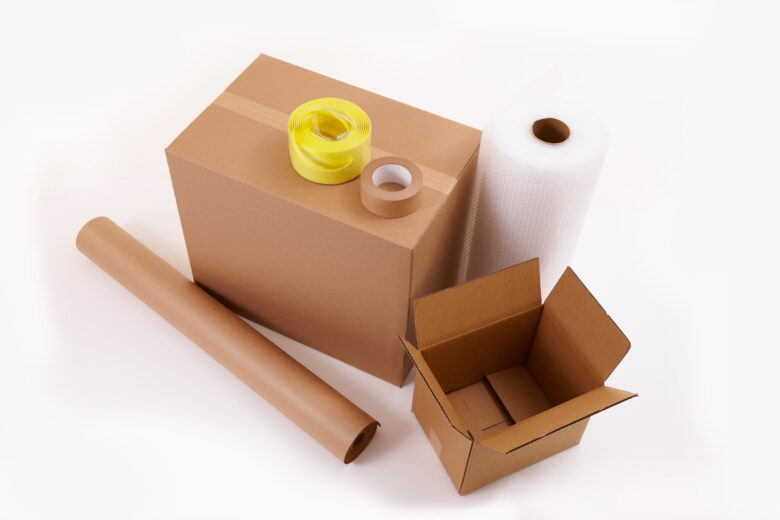
Let Experts From Schmidt International Relocations Box Up Your Home
As you prepare for the move, whether it be by sea or air, remember that choosing the right supplies and employing effective packing strategies are crucial for a successful relocation. At Schmidt International Relocations, we understand the complexities and challenges of relocating. Our professional packing services are designed to ensure that every item, from delicate heirlooms to bulky furniture, is securely and efficiently packed.
If you’re looking for expert assistance to box up your home, don’t hesitate to contact us at Schmidt International Relocations. Our international moving company is ready to provide the best moving services by sea and air. Let us handle the details so you can focus on the excitement of the new adventure.
FAQ
What Are the Most Cost-Effective Packing Materials for a Move?
For an economical relocation, use newspapers, old clothes, or towels as cushioning agents alongside affordable, recycled cardboard containers and biodegradable stuffing peanuts. These options not only save money but often serve the purpose effectively.
How Do I Choose the Right Size Boxes for My Items?
To select containers of appropriate dimensions for belongings, consider the weight and size of each item. Smaller, heavier objects like books should go in compact boxes, while lighter, bulkier items like linens fit better in larger ones, ensuring ease of handling and preventing container breakage.
Can I Reuse Old Boxes and Packing Materials for Moving?
Reutilizing previous containers and cushioning agents for a move is a practical and environmentally conscious choice. Ensure these items are still sturdy and clean to maintain the safety of belongings and fortify any weakened areas with strong adhesive strips.
What Are the Best Eco-Friendly Packaging Materials Available?
For eco-conscious relocation, opt for stuffing peanuts made from starch, biodegradable bubble wraps, and containers made from recycled materials. These alternatives provide effective protection while reducing environmental impact.
How Can I Ensure My Fragile Items Are Securely Packed?
To secure delicate objects, wrap each piece individually with soft, non-abrasive materials like tissue paper or bubble wrap, and use additional cushioning in boxes to prevent movement. Ensure that these items are snugly fitted within the container, with no room for jostling during transit.
